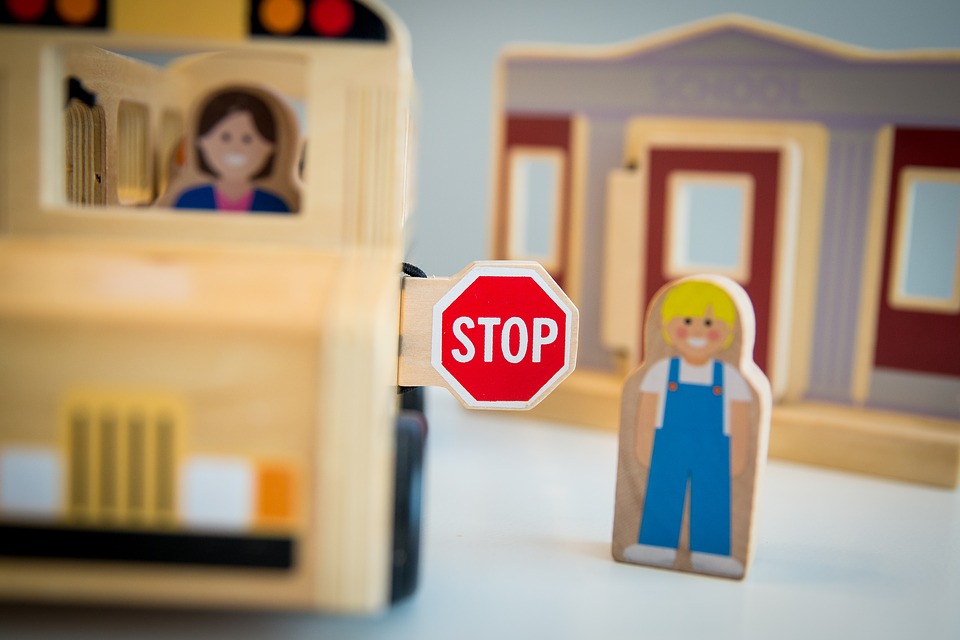More children are living in poverty conditions in the U.S. than official numbers present, according to a new report from the Annie E. Casey Foundation. The Measuring Access to Opportunity in the United States Report uses the Supplemental Poverty Measure, a standard first implemented by the U.S. Census in 2011 that measures the impact of important social programs like SNAP and the Earned Income Tax Credit on true poverty rates. It also accounts for rising costs and other changes that affect a family’s budget. Unlike the federal “poverty level” standard, the SPM takes geographical costs of living into account. According to SPM measurements, without such social …
Continue reading “Report: Social programs keep child poverty rates from doubling”


